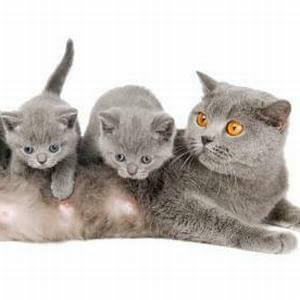
Many of you will be familiar with the letter, email and text reminding you to bring your feline friend in for vaccination. Apart from the associated health assessment that goes with each vaccination, why are vaccines so important?
Our immune systems encounter different bacteria and viruses every day and for the most part manage to successfully fight them off with often the only symptom being a running nose or sore throat. Occasionally an infection comes along that is so serious that it makes the host animal so sick that it never has chance to recover and succumbs to its illness.
Feline calici virus (FCV) and feline herpes virus (FHV) are the two main causes of cat flu. Cat flu is invariable fatal to young kittens due to their already fragile state and lack of reserves. In older cats it causes a number of signs including intermittent conjunctivitis, severe dental disease, lethargy and anorexia. Once a cat is infected with cat flu it invariable remains infected for life periodically becoming ill at times of stress.
Feline panleucopaenia virus (FPL) is similar to parvovirus in dogs and causes wide spread signs including vomiting, diarrhoea, bone marrow suppression and neurological symptoms.
Feline leukaemia virus (FeLV) inserts itself into the host animal’s DNA and compromises its immune system. FeLV is usually rapidly fatal with no treatment available.
We can start vaccinating from as early as eight week’s old with full protection being achieved from thirteen weeks old.
Even for cats who are entirely indoors cat flu is airborne and can be easily contracted. FPL can be brought in on shoes or clothing. Because of this even indoor cats should be vaccinated against cat flu and panleucopaenia. FeLV is only contracted through direct contact with other cats and so is reserved for cats that venture outside. As yet there is no vaccine against feline AIDS.
Yearly top ups (boosters) keep the immune system primed and ready to go should your cat encounter one of these deadly diseases.
